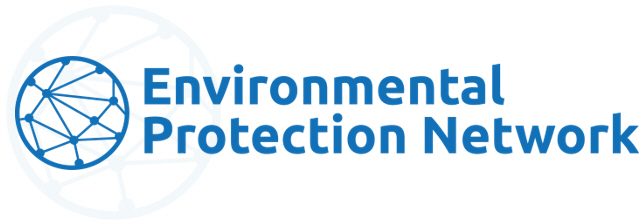As part of EPA’s Environmental Justice Thriving Communities Grantmaking Program (EJ TCGM), regional and national Grantmakers across the country will be granting over $500 million in $75k-350k subawards to thousands of community-based nonprofits and others for assessment, planning, and project development activities.
Below are the suggested steps to prepare for and begin to create your draft proposal/s for the Grantmakers’ RFP(s). Please reach out to EPN throughout the process for 1:1 assistance with your proposal and application materials.
Steps to Prepare and Create a Proposal
 |
If you do not already have a Unique Entity ID, start the process now
Recipients of Grantmakers funding are considered federal sub-awardees (not prime awardees) and need a Unique Entity ID (not a full entity registration on SAM.gov) to validate your organization’s legal business name and address. a. You can use this SAM.gov step-by-step guide to obtain your Unique Entity ID (UEID). b. You can also join EPN’s SAM.gov registration office hours every two weeks on Wednesdays from 2pm-3pm eastern. EPN staff will help you begin, continue, or finish up your registration process. To sign up and get the Zoom link, go to tinyurl.com/EPNSAM. c. To prepare to work with EPN staff or follow along with the guide, ensure you have all the required information and documents. This includes your legal business name, address, taxpayer identification number (TIN) or employer identification number (EIN), and banking information for Electronic Funds Transfer (EFT). This also includes proof of your name or address, entity start year, and state. Here is a comprehensive list of acceptable documents to prove that info. |
 |
Check here to see if the Request for Proposals (RFPs) in your region are available.
a. We will provide updates to this page as RFPs become available, along with links to their websites and additional information and resources. b. If there are RFPs available in your region (there may be up to 2), carefully read through them and become familiar with the application requirements. c. In addition, as you read through the RFP(s), take note if you will need to upload a map of the proposal project area using the Data Environmental Partners’ reconstructed version of EPA’s EJScreen. This instructional video may be able to help. |
 |
As you begin to scope your project idea and prepare to craft your proposal, reach out to EPN for subject matter expertise. a. Our staff and volunteers have assisted on issues including:
b. Keep in mind that some projects trigger the need to create a Quality Assurance Project Plan (QAPP). Read EPN’s “Is a QAPP Necessary” guide to understand what a QAPP is, find examples of projects that don’t trigger a QAPP, learn how to determine if a QAPP is necessary, and more. c. Also, you may be required to complete a Logic Model or Framework as part of your Grantmaker application. A Logic Model Framework is a common planning tool that can help you design your project from its activities through to the desired outcomes. It is also used as a basis for monitoring and evaluation. Please use this fillable template or PDF to start designing yours. |
 |
Access EPN’s budget resources.
a. Whether you have limited experience with budget development or are developing a budget for the first time, EPN has created the Budgets for Beginners Worksheet to walk you step by step through the budgeting process. b. Additionally, the Budgets for Beginners Presentation will introduce you to key concepts of budgeting for federal grant opportunities and provide you with questions to ask as you develop your budget. c. Recognizing that calculating indirect costs is a sticking point for many organizations, we have also developed a Budget Summary Template & Indirect Cost Calculator. d. Finally, join our TCGM Budget Office Hours every two weeks on Monday from 2-3pm ET. Please register here. |
 |
Please reach out to EPN for additional assistance.
a. Although some regional TCTACs may be providing proposal review (e.g., the Inter American University-led TCTAC in Puerto Rico), EPN volunteers can provide capacity constrained organizations with proposal review to provide suggestions and recommendations for strengthening your proposal. |
